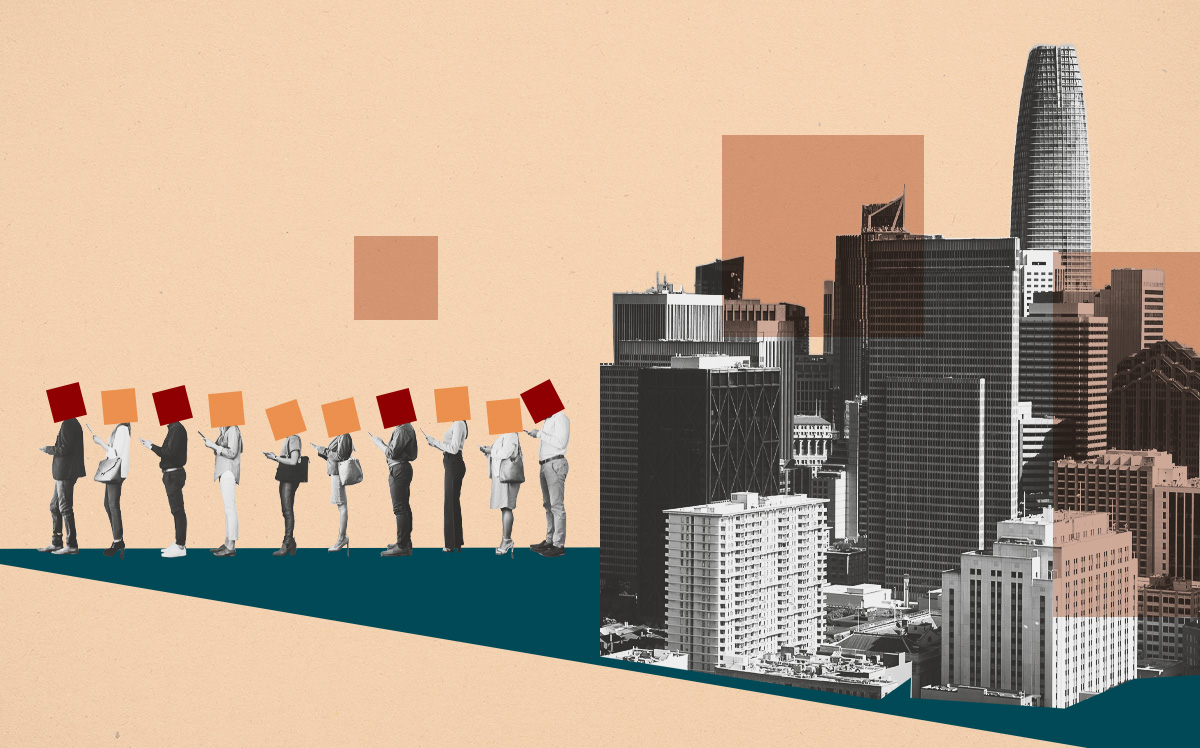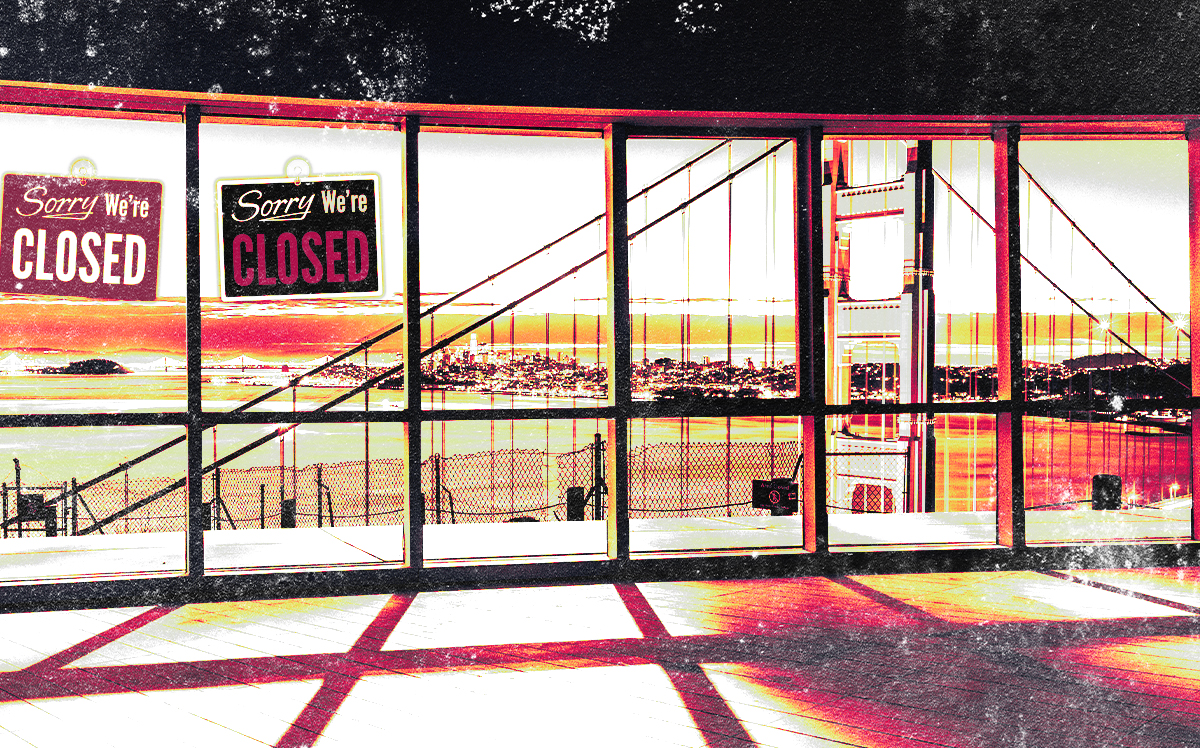SF loses 150K daily office workers during pandemic
City also drops 33K jobs in hotels, restaurants and retail in shift to work and shop at home

Enough office workers left Downtown San Francisco during the pandemic to fill almost four Giants games at Oracle Park.
The city has lost nearly 150,000 daily office workers since the start of the pandemic in early 2020 during a shift to remote work and online shopping, the San Francisco Chronicle reported, citing a city budget report.
The city has lost an estimated 147,303 daily office workers since the coronavirus, according to an analysis from the city’s Budget and Legislative Analyst’s Office sent to Supervisor Connie Chan.
In March 2020, there were 245,505 office jobs in Downtown San Francisco.
Downtown also lost 32,688 jobs since 2019 in the hospitality, food service and retail industries, according to the report.
The report studied economic challenges to Downtown, including the impact of remote work on tax revenue from offices, how workers benefit small businesses, vacant commercial space, diversifying industries and a lack of housing.
A study conducted by Stanford University cited in the report said that, before the pandemic, office workers would spend $168 per week near their workplaces.
Downtown businesses have suffered an estimated financial loss of $1.2 billion a year.
The office vacancy in San Francisco is nearly 28 percent, according to CBRE, which has put the city on a national watchlist for “the most empty downtown in America.”
City budget and government analysts posed various strategies to get the city back on its feet financially.
To deal with the potential tax loss, the Board of Supervisors could possibly consider tax code changes to help address any revenue shortfalls, the report suggested.
Additionally, the report called for improving and investing in public spaces Downtown, boosting transit links into Downtown from other parts of the city, and incentivizing creative leasing agreements to reduce commercial vacancies, while pursuing the conversion of office buildings to housing.
— Dana Bartholomew







